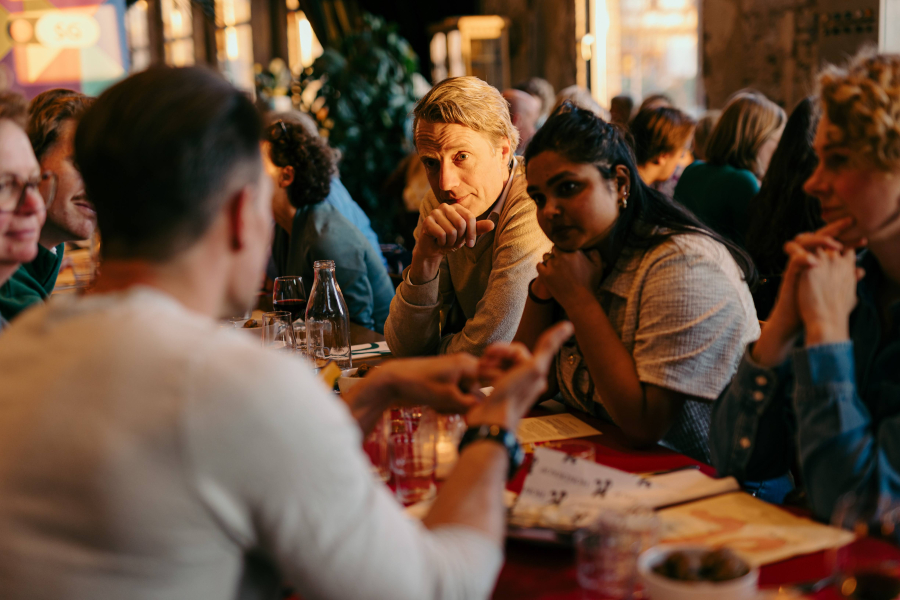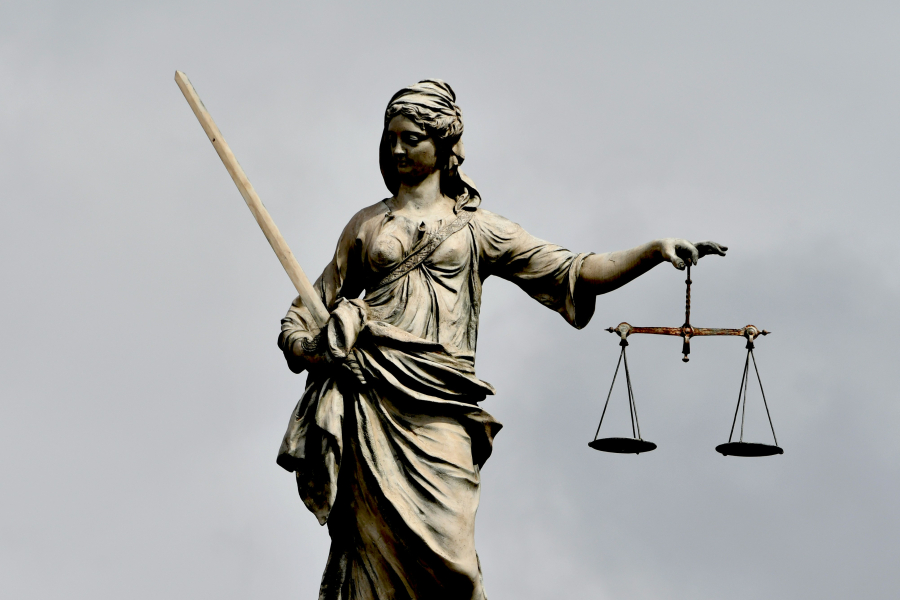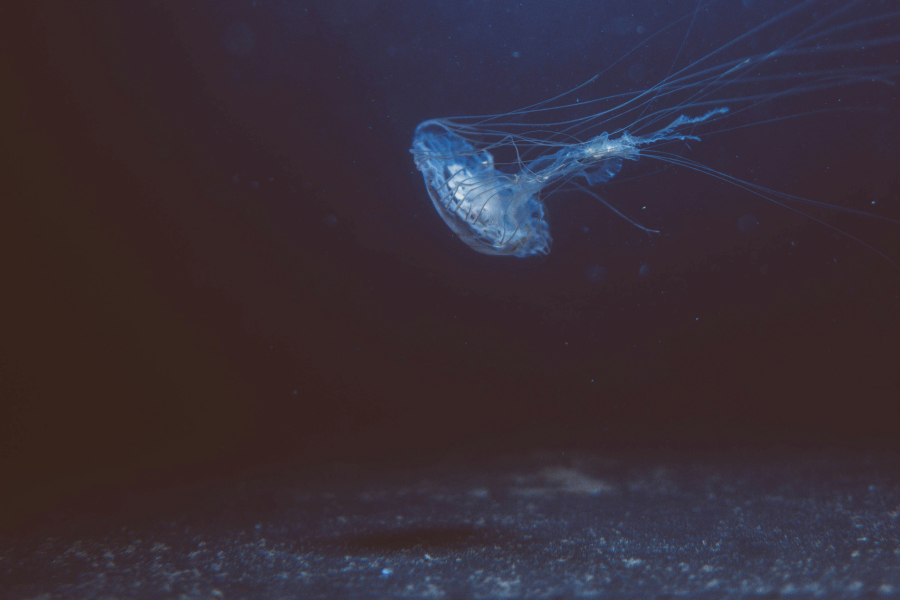The camera is sometimes mightier than the sword
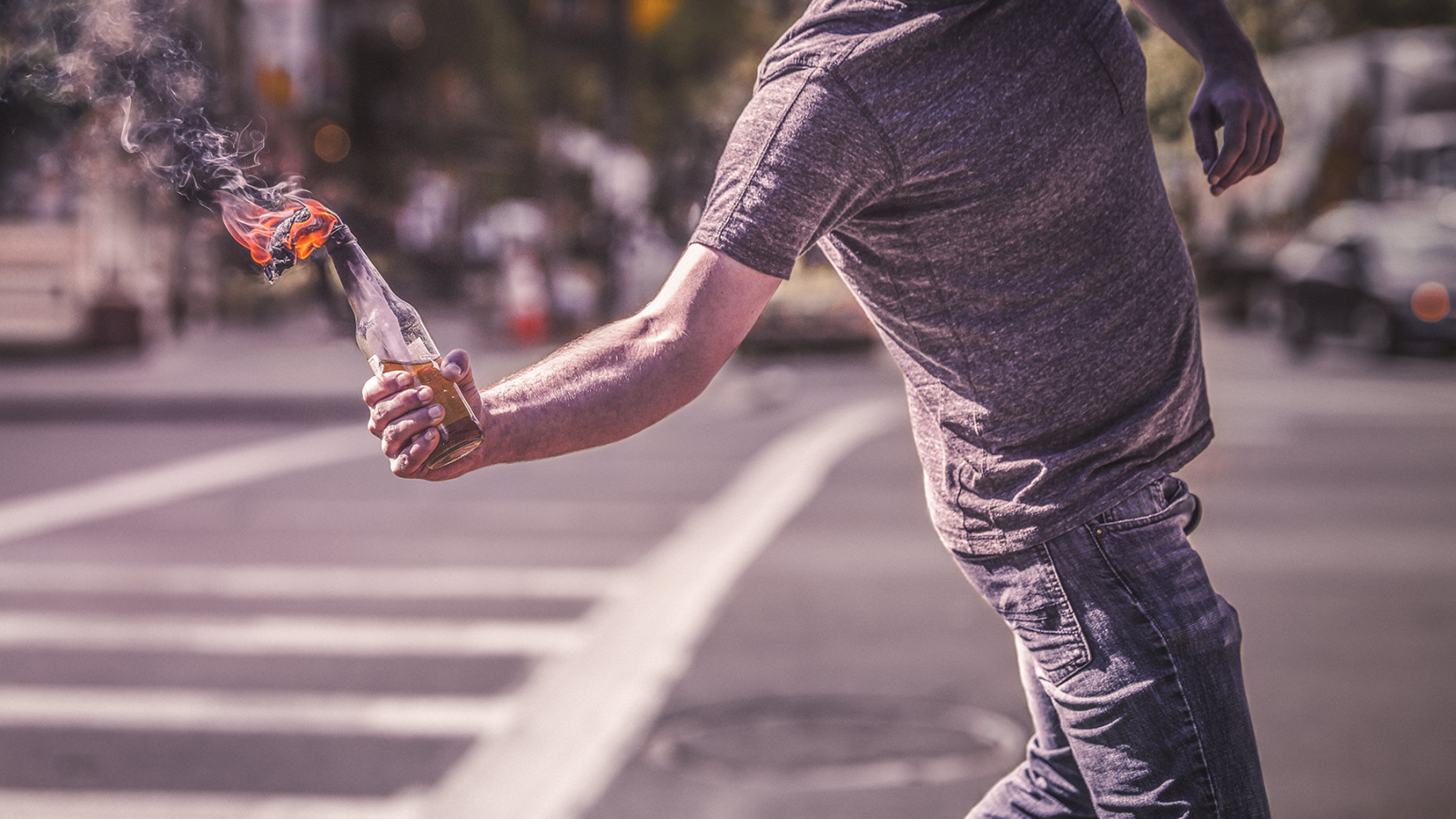
"A country without photography is a country without identity" says Afghan photojournalist Najibullah Musafer, who risked his life to document his homeland during the Taliban regime. In the documentary Frame by Frame we see how he and three of his colleagues navigate through an emerging and dangerous media landscape, now that they can enjoy free press. They search for pictures that capture reality and reframe Afghanistan for the world and for themselves. Their camera as a weapon to create a better future. But are photos as powerful as they think they are? As part of the lecture series Movies &: Science: In the Line of Fire we discussed this with guest speaker dr. Domitilla Olivieri (Media and Culture, UU) and the audience.
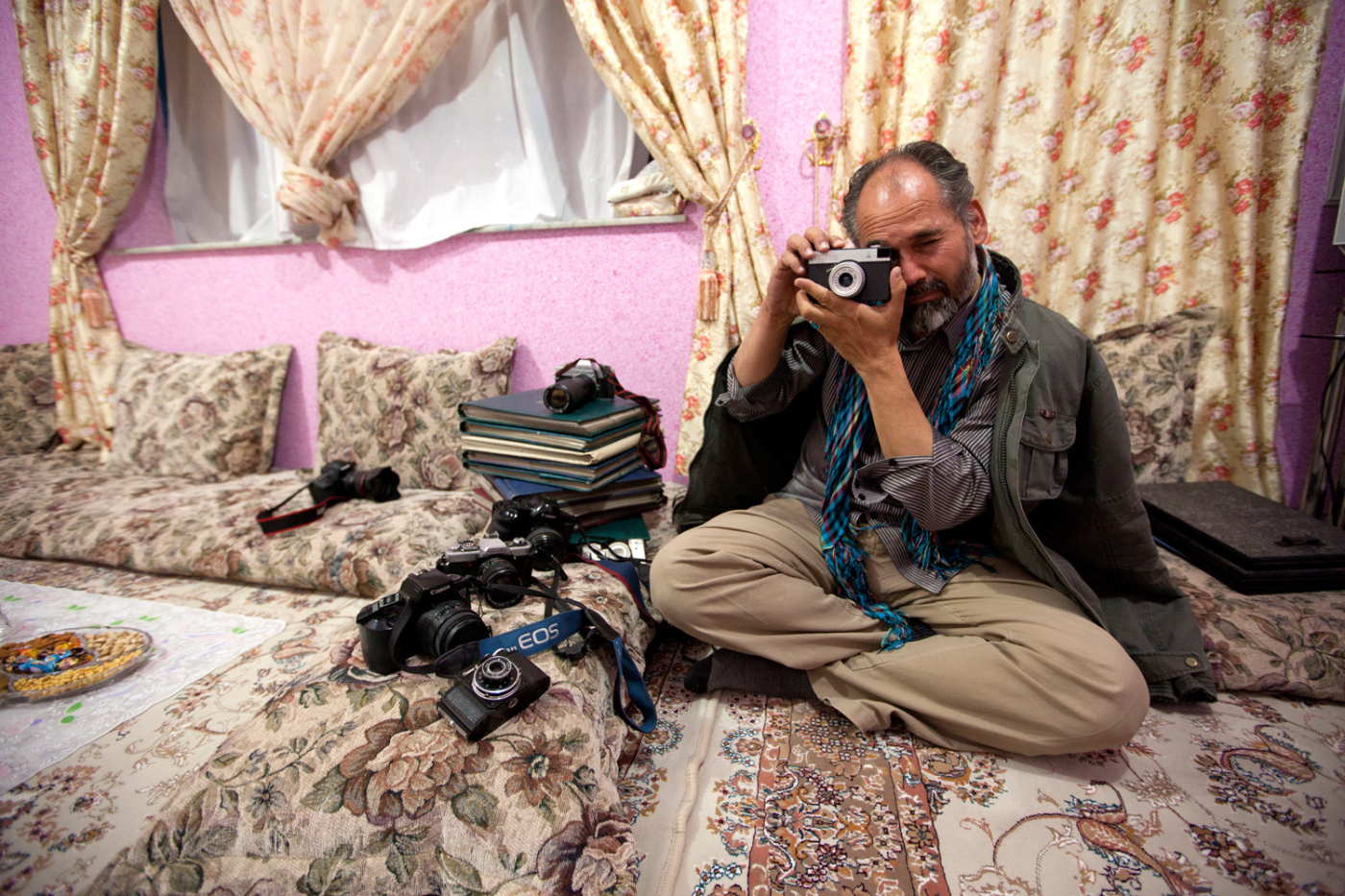
A different perspective
Western media are used to telling only one story about Afghanistan: that of a war-ridden country paralyzed by the ongoing threat of Islamist violence. Director Alexandria Bombach got the idea of making Frame by Frameafter seeing that this story doesn't correspond to the realities of Afghan life today: "The footage showed everyday life: people eating at cafés, someone walking a dog, a guy drinking tea. It was fascinating to just sit with that footage. It was an Afghanistan I had never seen before, and it made me question my own perception of a country that I had only seen through headlines about war and suicide bombs."
Instead of taking a Western point of view, Bombach wanted to capture Afghanistan from the local storytellers' perspective. She followed four photojournalists, who each have their own history and unique style. Najibullah Musafer is an older man who runs a center for journalism and is invested in teaching a younger generation. Wakil Kohsar is a newbie in news photography, but currently working at AFP. Massoud Hossaini is a war photographer. He won the Pulitzer prize for a heartbreaking image of a girl crying in fear after a suicide bomber's attack at a crowded shrine in Kabul. Farzana Wahidy is the only professional female journalist in the country and can therefore do a job no one else can: tell the stories of Afghan women.
Wahidy: "I'm trying to be a voice for people who cannot shout"
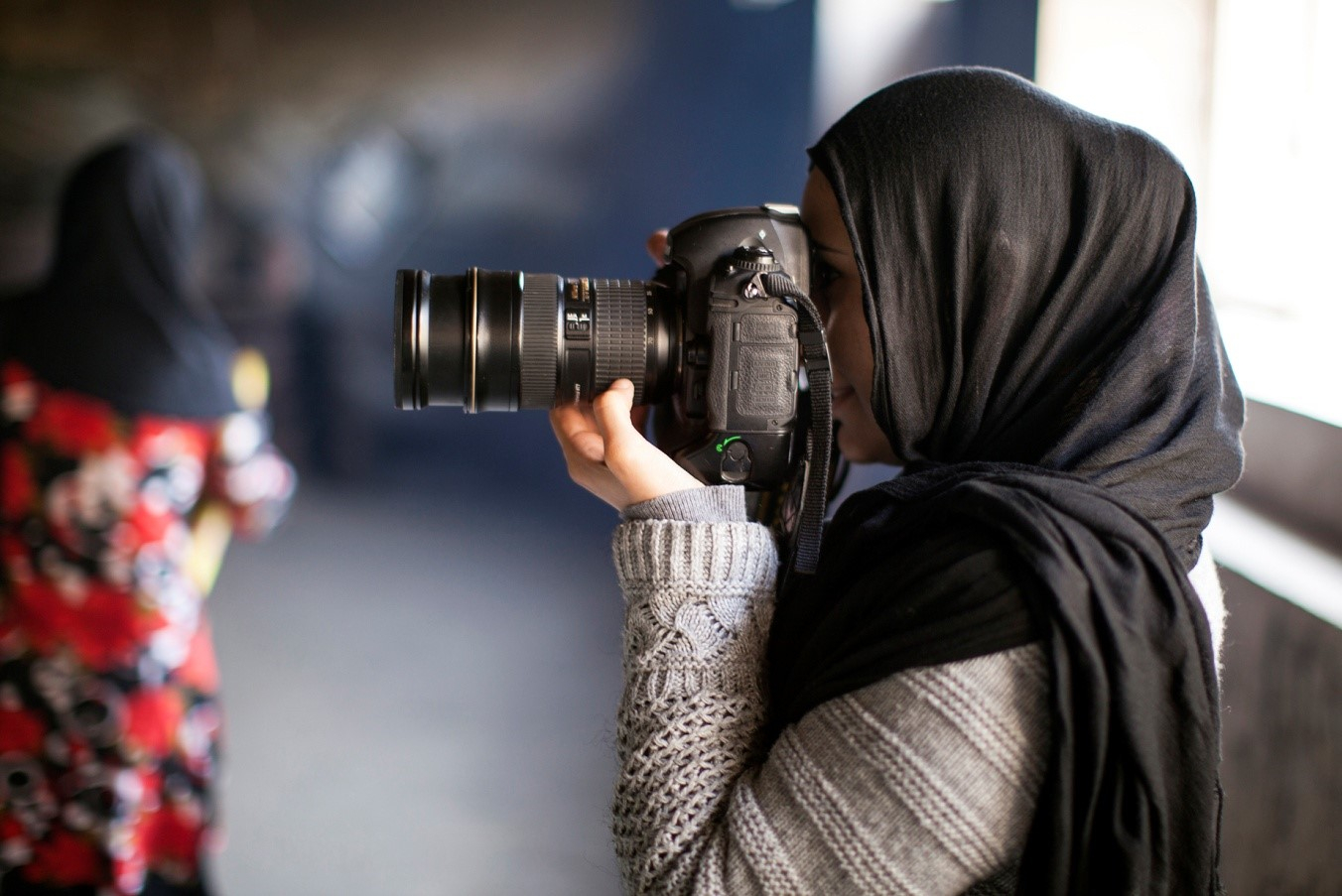
Hosseini and Wahidy also happen to be married: we see them going to the supermarket, looking for movies to watch ("ooh, the Hangover 2 – we haven't seen that one yet") and bickering in the car. They are a regular couple who just happen to live in a country devastated by war. This horrid history has certainly left a mark on both of them. Hosseini was very young when he and his family fled to Iran, where they lived in a refugee camp. Wahidy's family stayed in Afghanistan, which meant Wahidy, being a girl, couldn't go to school and suffered public beatings. Today she is relentlessly passionate about pursuing shots. We see her walking through a shopping center in Kabul, looking for the best light and turning her lens on veiled women in colorful dresses.
At one point, she goes to Herat, a city known for self-immolation, a ritual where women set themselves on fire as a sacrifice. While Wahidy visits the burn center we become painfully aware that in certain areas strict gender roles and religious rules still thrive, and why her work is needed. The doctor mansplains her she cannot photograph the female patients, nor can she report on self-immolation. He simply states it doesn't exist. This docu shows us that women in Afghanistan have power too: apparently, their stories are so powerful, men don't want them to be told. The doctor is also afraid that the mullah, a respected educated religious man, finds out. Repercussions will follow. The most poignant part of this scene is the fact that this whole conversation is shot on camera, as if the doctor doesn't mind that there is a (Western) film crew. Why is that?
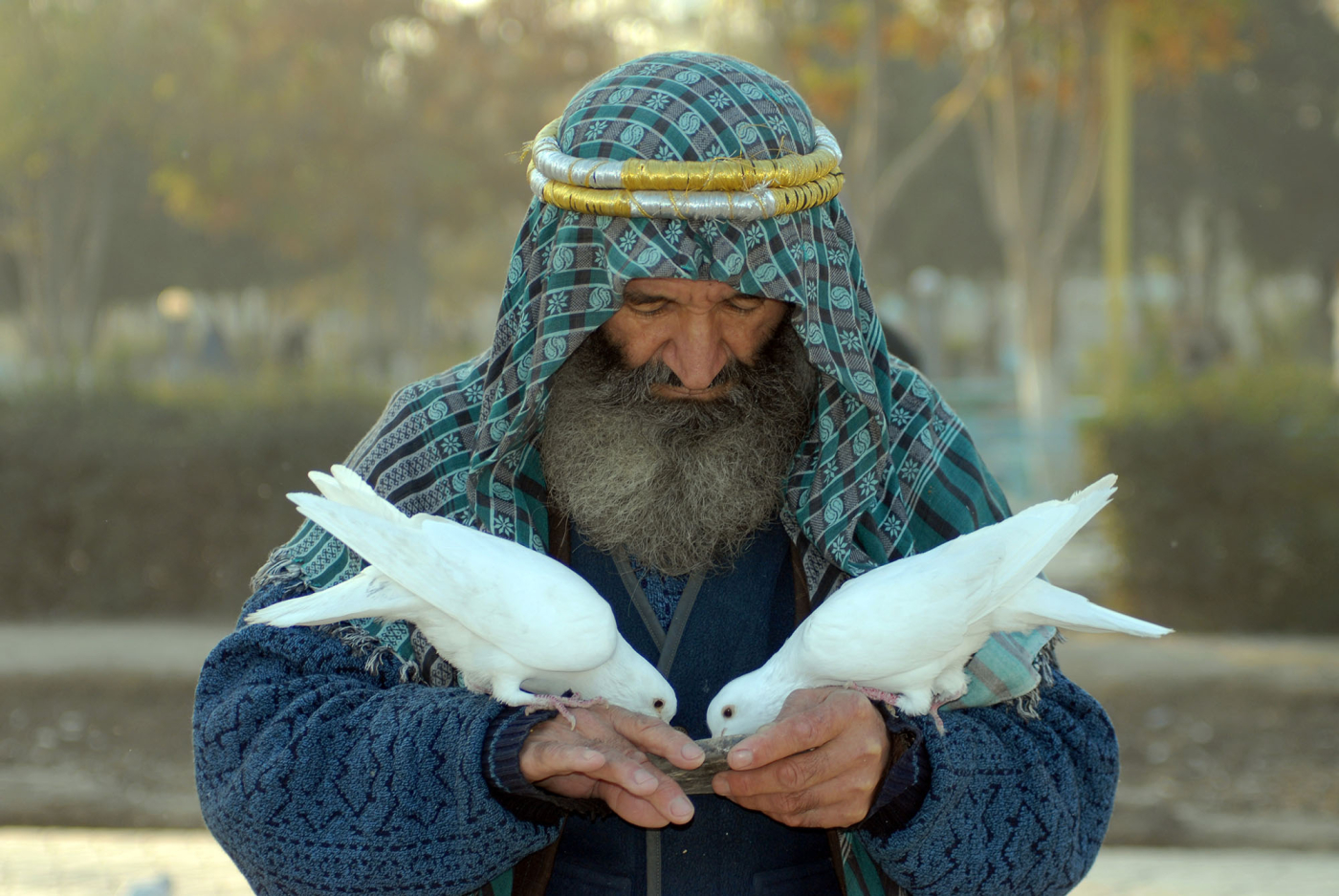
Powerful or powerless pictures?
Dr. Domitilla Olivieri specializes in documentary film, visual anthropology, visual studies, gender and postcolonial studies. She explains that a photo is hardly ever just a photo. It is the context that gives an image its meaning: what can we see, who took it, and for whom is it taken? Wahidy can photograph a woman, an Afghan man cannot. But when she wants to make a news story about burned women, she cannot, while the Western film crew can. During the documentary we see lots of images on screen: of men drinking coffee, girls taking selfies, children playing in the river, but also drug users under a bridge, heaps of garbage, religious flagellation and bombings. It gives us a full spectrum of Afghanistan, a story so much more complex than Western media tend to provide us with.
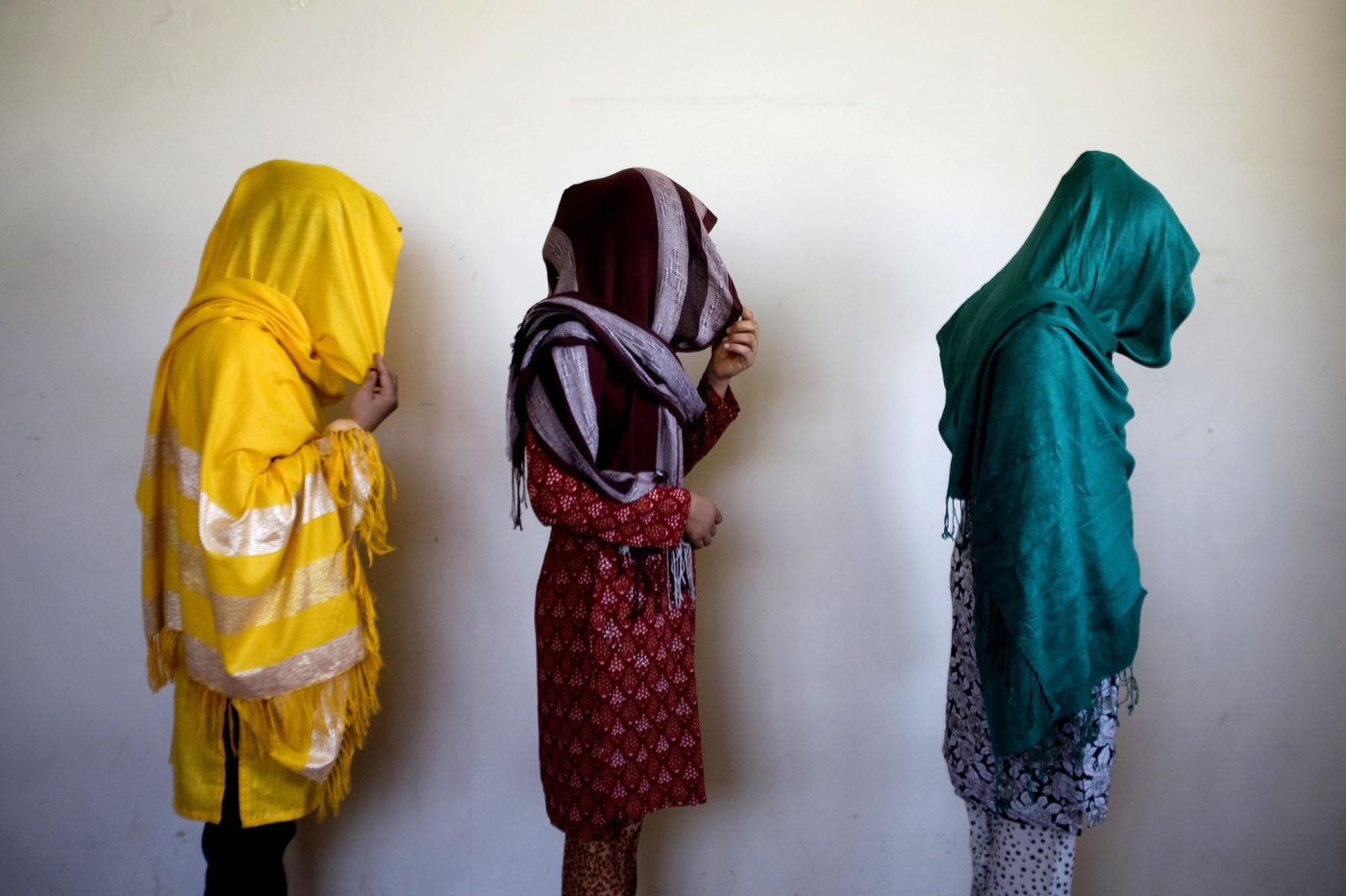
Given the importance of context for our perception of images, we must be aware that there will always be a difference in the way people look at them. As Olivieri notes: "Some stories are powerful for us, that are not so powerful for the Afghans and the other way around." The most striking ones are those of everyday life. One audience member notes how he was especially touched by a badly photoshopped picture of a woman holding a baby. It was the only picture a mother had of her baby, who was taken from her by her heavily abusive husband and family-in-law. Someone else loved the photo of three women walking in around the University campus, in skirts (comparable to this gallery of 'Groovy Afghanistan').
The photographers portrayed in the documentary have an absolute faith in the power of images. They believe pictures hold the potential to make a change. One could argue that they are overestimating this power. Certainly in the Western world, there is always the risk of an overkill of images. Photos previously thought to be iconic and life-changing, such as the one of the Syrian boy found lying face-down on a beach near Turkish resort of Bodrum, are easily forgotten and eventually lead to nothing. The situation of Syrian refugees certainly hasn't improved because of it. But dr. Olivieri says that taking images can still be influential and threatening to the establishment. Also in the West. Recently, the American journalist Amy Goodman was arrested for filming a Native American protests of an oil pipeline in North Dakota. The arrest jeopardizes the free press, but at the same time shows that documentation of important events can change the status quo. Photography lights up the dark corners of society.
Next time
The last episode of Movies &: Science is on November 28th.
"Human Rights Watch operates on the front lines of Syria and Libya to document war crimes. Getting this information in the hands of criminal courts and media is a dangerous task. This documentary follows four members of the Emergencies Team as they piece together the actual events that take place in troubled spots around the globe. How can victims of mass atrocities committed by governments and non-state actors get justice? Afterwards a Q&:A with dr. Brianne McGonigle Leyh (Human Rights, UU)."

